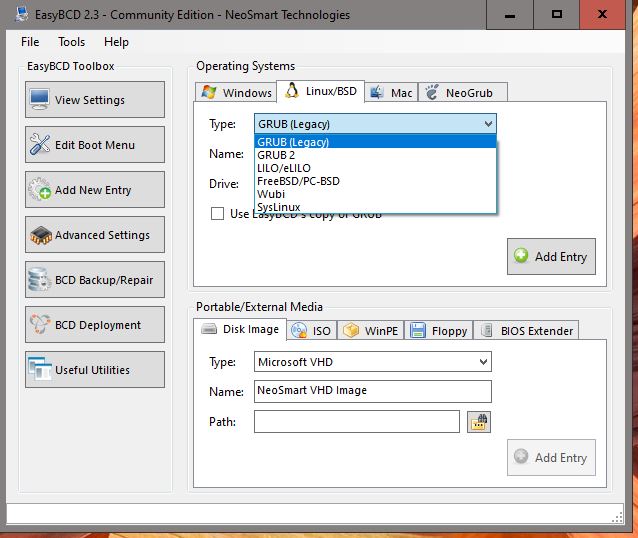Hi there
@
x509
A really good way to learn Linux and try several different distros is to run them as Virtual Machines -- use VBOX or VMWare player both Free software--just download an iso of the distribution you want, set that as the boot device in the Virtual Machine configuration and then just follow the usually very easy "Virtual Machine Wizards" for installing an OS as a Virtual machine.
Advantage of this is that it avoids things like hosing up your main "C" drive with Grub etc, you don't need to dual boot --a Virtual machine (or any number of them) can run at the same time as your main (I assume Windows) OS and you won't have to worry about finding any drivers -- eg sound which is often the thing Newbies in Linux come unstuck on. VM's also consume very few resources these days - VM software has improved almost beyond belief in the last few years as has computer hardware - it's not unusual to get a VM to perform around 90 - 95% at the rate it would be at if running as a physical (non VM) machine - most users wouldn't notice the difference !!. Also on errors you don't need to reformat HDD , re-partition , etc etc -- just delete the VM and start again - no Windows re-boot needed.
Learn it first and then when you feel confident you can then be in a much better position to run it as a dual boot or even a main OS.
I usually run Centos Linux on a laptop as my main OS with Windows as VM's --I haven't bothered dual booting for YEARS !!!!!. I have several versions of W10 as Virtual machines including the latest insider builds as well as earlier versions of Windows such as XP and Windows 7. Even on a laptop with i5 processor 512 GB SSD and 16GB RAM I've easily run 4 concurrent Virtual machines --- on a decent NAS you can run a load more concurrently.
Another advantage of VM's --they can be stored anyway - external devices etc etc and can easily be moved between machines etc etc.
IMO the only reason for NOT using a VM these days is if you really have to test specific real hardware or if you need to run extreme games with specialized graphics cards --these days VM's are perfectly capable of handling multi-media streaming etc etc. I don't have any problem running Photo shop or doing some video editing on a Windows Virtual Machine.
BTW also don't forget you can also install any Linux system to an external device and boot and run totally from that too if you really want to "dual boot" -- To me these days Dual booting is really old "Dinosaur Technology" unless you really are say a leading edge dgames develope --say doing something like Stem --but in this case you'd probably have a dedicated machine anyway.
Cheers
jimbo


 Quote
Quote

 OK, I do need a spare HDD, which means I have to get out some of my HDDs and do some housecleaning.
OK, I do need a spare HDD, which means I have to get out some of my HDDs and do some housecleaning.
